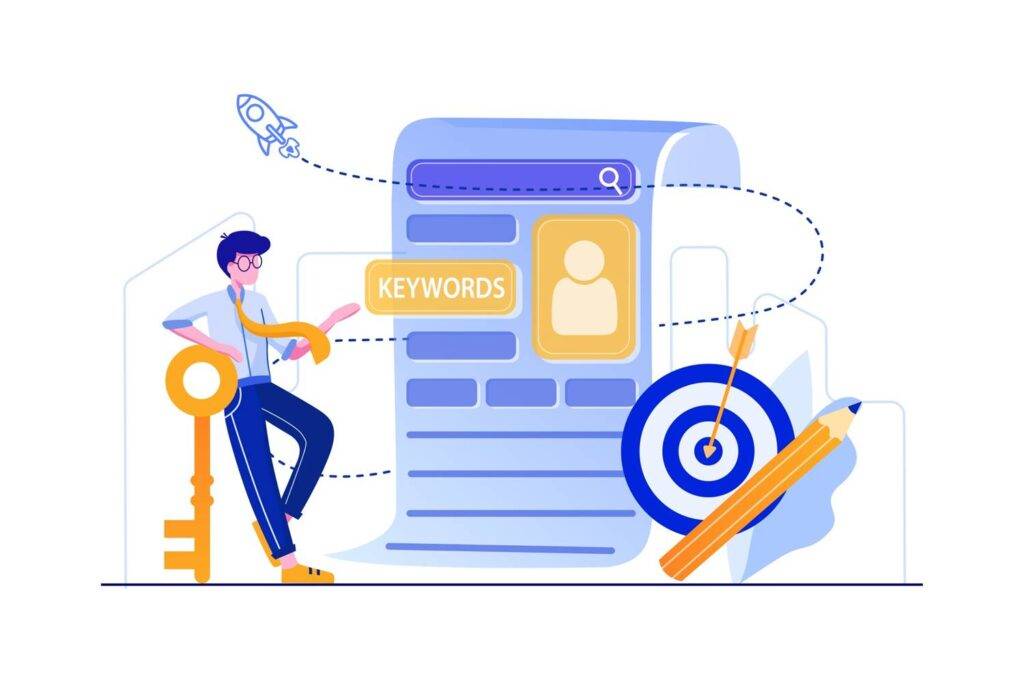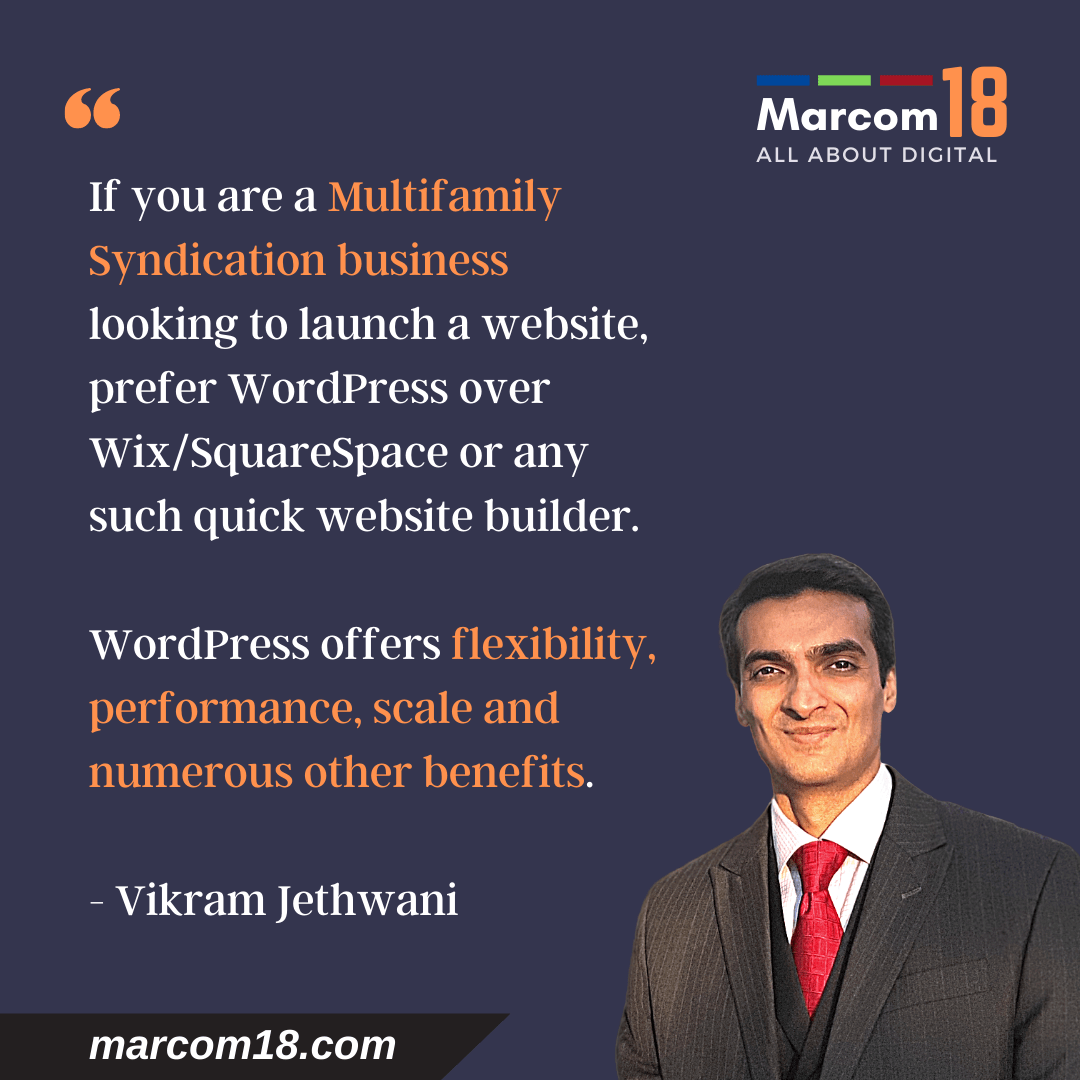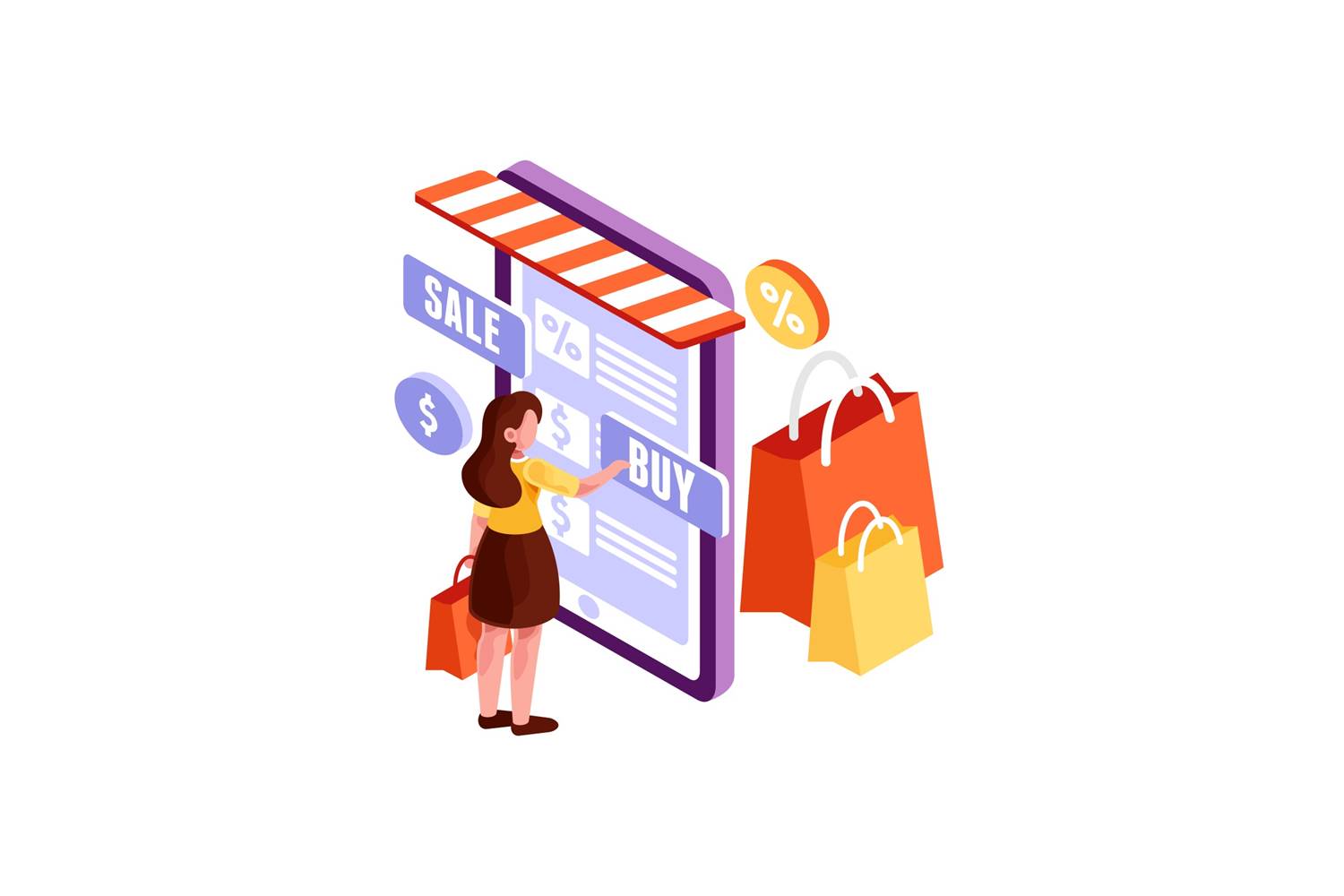5 Ways To Develop Mental Toughness
While you can develop physical toughness through a well-carved exercise and diet regime, mental toughness is something that remains subjective. Mental toughness can take you to an all new level in your life – be it professional or personal but how to go about it? Let’s talk about the five factors that can help you become mentally tough!
Watch the video (LinkedIn Live Session conducted on 26 Nov’20):

Emerging eCommerce Trends in the Middle East region
Projected to grow at a CAGR of 28%+, the Middle East region is the level-playing field for the emerging eCommerce players with no signs of monopoly from Amazon, AliBaba, Walmart, etc.
Let’s talk about some of the most interesting trends emerging in this market in 2020-21.
Watch the video now on Instagram TV:
Watch the video on LinkedIn:

How to Bring Organic Traffic to Your eCommerce Store
Are you wondering how long does it take for SEO efforts to show results when you are putting all the time and effort into making your eCommerce store get to the top?
You are anxious about seeing the results right away, aren’t you?
In this article, I will dive into the subject on the duration that SEO takes to work for a new eCommerce website.
You could have got on a top page in a few months maybe even six months at the latest, as it was the case with Google years ago. However nowadays SEO is super competitive. There are over a billion blogs on that and that’s roughly one blog for every seven people and there are even more websites out on the web. So when you combine all of that it makes sense on why SEO is so hard because now Google has its prime pickings to figure out which website they want to place that top. In other words, they can be super picky while five ten years ago they couldn’t be as picky.
So first let’s start by seeing how SEO has changed over the years into keyword research.

Number of keywords
This is one of the biggest areas. Millions of websites are created every single day and that brings a lot of competition. It used to be that you can focus on five or six keywords or maybe even 10 and those keywords would bring in most your site traffic. Companies used to be able to focus on small groups of generic keywords and see great results. The reality now is there are a lot different websites now. Each must have a list of fifty to a hundred keywords or more depending on the site. And at bare minimum each page on your site is going to need to be targeted at least at one keyword. However, in most cases actually three or four keywords are linked per page now.
Content remains the indisputable King
The next thing that’s changed is content. It used to be that you can simply write an article and implement the keyword a fair number of times and Google algorithm will rank you. This is what we call as keyword density. The more you put a keyword in your page in an article the more they know about that pages is around that topic and that doesn’t necessarily flow naturally and it didn’t really work well for users.
Hence, Google doesn’t look at density the same way anymore. Google has gotten smarter and they change your expectations a bit. They are not just looking at a site shoving in the same keyword and stuffing it and ruining the researcher’s experience. They made some big changes to improve their rankings by not showing low quality content as high. So now when you are writing content, it’s not about putting that keyword in there. Naturally, it’ll be in there.
Other synonyms will be which Google can tell because think of them as a big dictionary and thesaurus so they will know what the article is about. Even if you don’t have that keyword in there their main priority is to deliver high-quality content and keeping the search intent in mind. Remember when someone types in a search query it usually is a question. Or it’s not necessarily specifically a question with a question mark. But when someone does a Google search looking for an answer to whatever they typed in and if your page does that provides an answer with that intent you are in the good graces.
If you don’t you are not going to do well, so don’t just shove in keywords within your content and right long pieces article because Google wants a 2,000 word article ranked at the top. It’s not about word count. It’s about providing what the users are looking for.
It is as quick as possible to do than 500 Words 2,000 worth 5,000 words, whatever it may be whoever does it in the easiest form for the user without shoving in keywords and creating the best experience is who’s going to do well and the best in the long run.
So how long does it take to rank on Google?
Well, are you ready for this? Answer to this is: it depends.
According to Forbes the average it takes for a new site is four to six months to start seeing some traction and serfs. However, because there are so many factors in SEO there is no definitive answer, every industry is different as well.
It’s easier to ring for a plumber in a localized city than it is to ring for auto insurance naturally. Even if you are starting a new website and you are actively working on your content on-page-SEO and link-building it can take roughly six months before you start seeing results. It doesn’t mean in six months you are going to rank at the top and get what you want. But usually take 6 months to start seeing traction and the best way to start seeing the traction faster is going after a long-tail phrases which convert better than head terms.
So if you want to rank faster, there are some important SEO factors that you need to consider.
What you need that your website is secure and is accessible to Google. Crawler are using HTTP is a robot.txt blocking the right Pages allowing access to the right ones using a site map and submitting it to Google webmaster tools.

So Google can crawl your pages as your website fast and low time. If it’s fast not only it is going to boost your rankings because that’s a part of their algorithm and you can use Google page speed to see how fast your website loads both on mobile and desktop device.
The other thing that you need to look at is your site mobile friendly. Did you know that over half of searches on Google are done by mobile devices? If your website doesn’t look nice on a mobile device like an iPhone or Android device don’t expect them to rank it higher up.
The other thing you have to look at is do you have authoritative content? If you have just ‘me too content’, the same regurgitated content over and over again. They want you to provide something that’s unique that people haven’t read before.
Every time I blog something new we see on an average 47.6% more traffic than when we blog on something that’s been regurgitated and is old. So in other words try to blog on something that’s new that people haven’t seen before.
It can be overwhelming sometimes but the world is changing every time and yes, there is still new stuff that people are learning about. Not everything has been written even though there are over a billion blogs on the web.
Another thing you need to look at is quality backlinks. Getting links from authoritative sites is one thing, but if those sites aren’t related you are not going to do as well. There is a correlation between pages that rank high and have a decent number of social signals.
Remember Google wants to rank pages at the top that people love, so if people love a page, they are more likely to get links to it. They are more likely to share it on the Social Web.
The other thing that you need to look at is do you have your business information listed especially if you are a local business. You need to claim your Google my business profile. You need Yelp reviews, Google reviews, have a good better Business Bureau page.
The more reviews you can attract the better off you are at. The big takeaway is when you do the right things and you go above and beyond and put the user first you are going to rank faster than if you just try to optimize your page for Google and not put the user first.





















